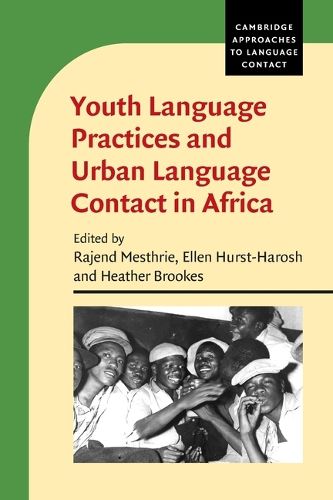Readings Newsletter
Become a Readings Member to make your shopping experience even easier.
Sign in or sign up for free!
You’re not far away from qualifying for FREE standard shipping within Australia
You’ve qualified for FREE standard shipping within Australia
The cart is loading…






The ways in which young people use language provides fascinating insights into language practice and contact. Written by a team of key scholars in the field, this book describes and theorises 'male, in-group, street-aligned, youth language practice' in urban centres in Africa, exploring the creative use of language, and its function in peer sociality and contestation of social identities. The book contributes to theoretical debates surrounding multimodal language, language contact, standards and variation, and language change. It highlights that 'youth languages' are not to be confused with the urban languages, varieties, and vernaculars of the general population, and that claims of autonomy and candidacy as national languages are flawed. The book demonstrates that the youthful practices of males are nevertheless worthy of scholarly attention: the framing of youth languages within the field of language contact will stimulate situated and comprehensive studies of the role and significance of youth practices.
$9.00 standard shipping within Australia
FREE standard shipping within Australia for orders over $100.00
Express & International shipping calculated at checkout
The ways in which young people use language provides fascinating insights into language practice and contact. Written by a team of key scholars in the field, this book describes and theorises 'male, in-group, street-aligned, youth language practice' in urban centres in Africa, exploring the creative use of language, and its function in peer sociality and contestation of social identities. The book contributes to theoretical debates surrounding multimodal language, language contact, standards and variation, and language change. It highlights that 'youth languages' are not to be confused with the urban languages, varieties, and vernaculars of the general population, and that claims of autonomy and candidacy as national languages are flawed. The book demonstrates that the youthful practices of males are nevertheless worthy of scholarly attention: the framing of youth languages within the field of language contact will stimulate situated and comprehensive studies of the role and significance of youth practices.